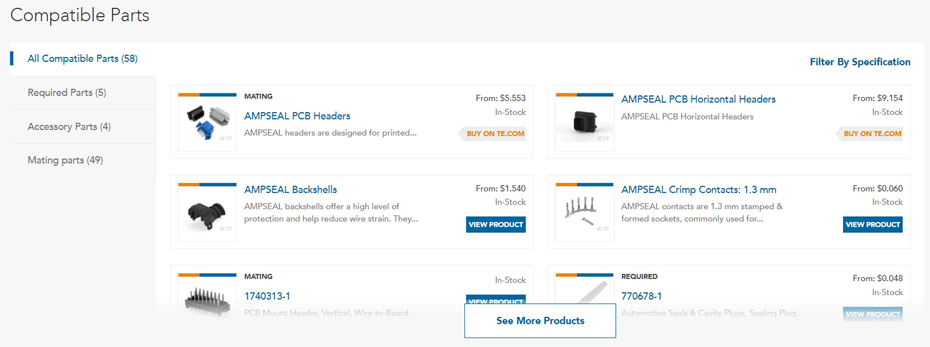Сложности при подборе ответных частей силовых разъемов
Любая схема электрических элементов цепи обязательно содержит некоторое количество соединений. Одним из видов таких соединений является разъемное соединение - соединение, допускающее многократное подключение/отключение электрических проводников без их повреждения. Основными элементами таких соединений служат специальные устройства, так и называемые электроразъемами, или просто разъемами.
Разъемное соединение состоит из двух элементов, образующих пару – вилки и розетки. Наиболее известны бытовые вилки и розетки, имеющиеся на любом бытовом приборе. Однако, и в этом самом простейшем случае применения разъемного соединения могут возникнуть проблемы. Попробуйте, например, вилку российского стандарта подключить к розетке европейского стандарта. Сразу же обнаружится, что такое соединение не обеспечивает механической надежности соединения. Что уж говорить о разъемных соединителях в промышленности. Кстати, одним из самых популярных вопросов, адресуемых в службу технической поддержки, является вопрос с просьбой помочь подобрать ответную часть к существующему разъему. Давайте попробуем разобраться, действительно ли это является такой сложной задачей, и составить алгоритм действий по подбору ответной части.
Вопрос это, на самом деле, не такой простой, как кажется на первый взгляд. И основным моментом, определяющим сложность подбора, является вопрос терминологии. Во-первых, существует множество определений для элементов, составляющих разъемное соединение. «Вилка/Розетка», «штекер/гнездо», «папа/мама» - вот лишь основные термины для элементов разъемного соединения. Но все ли правильно понимают значения этих выражений?
Следует иметь в виду, что обозначения «вилка», «штекер», «папа» и т.п. могут относиться как к типу сочленения разъема, так и к типу контактов. Причем, производители далеко не всегда указывают именно тип сочленения. Так, например, в документации на разъемы серии OL прямо указан тип сочленения – Cable Plug (вилка, штекер, папа) и Socket (розетка, гнездо, мама).
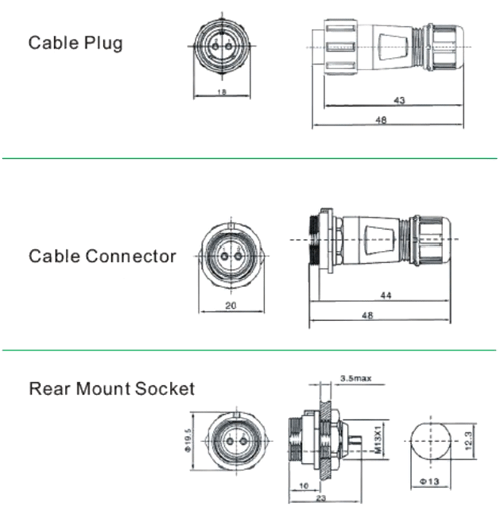
В документации на отечественные разъемы серии 2РМ таких терминов нет.
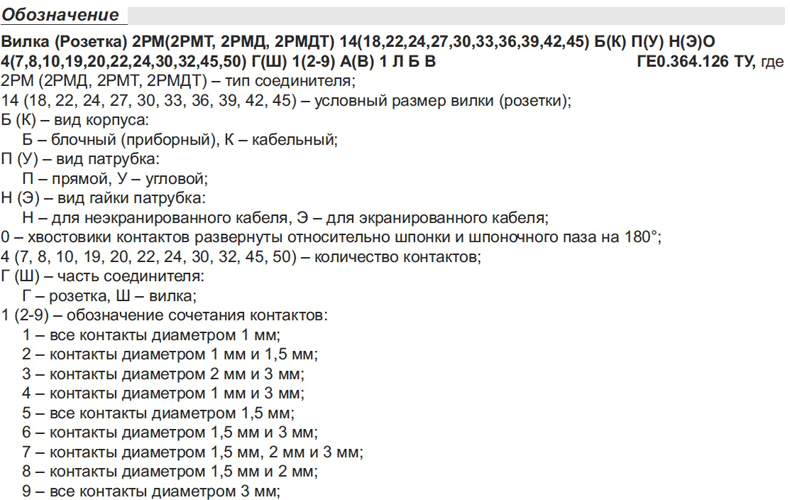
Указан только тип контактов - Г (розетка) и Ш (вилка). Вот тут и возникает первая сложность. Для того, чтобы «закрыть» этот вопрос, необходимо обратиться к самому началу. Основным видом разъемного соединения является пара разъемов типа «Блок (панель)/ Кабель». Именно так! Соединение типа «Кабель/ Кабель» служит только для удлинения цепи электропроводки. Так вот, с точки зрения типа сочленения, блочная часть всегда будет «розеткой», а кабельная часть – «вилкой». Независимо от того, контакты какого типа (штекер, или гнездо) находятся в разъеме. Таким образом, для отечественных разъемов ответной частью для кабельного разъема обязательно будет блочная часть, и наоборот.
Вторая сложность… Каким образом можно подобрать пару для соединения типа «Кабель/ Кабель»? Некоторые производителя выпускают разъемы, предназначенные для такого соединения. Так, например, разъемы серии OL включают в свою линейку ответную часть для разъемов типа Socket - Cable Connector. Отечественные же разъемы производятся только в двух типах - кабельная часть, и блочная часть. Для того, чтобы создать соединение типа «Кабель/ Кабель» необходимо использовать кабельную часть разъема и блочную, но с патрубком.
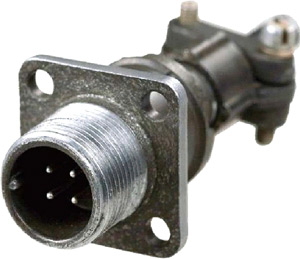
Третья сложность… Мы подобрали ответную часть именно по типу сочленения, но нельзя забывать и о типе контактов. Так, например, блочная часть (также как и кабельная) разъема серии 2РМ может иметь контакты в виде штыря, и в виде гнезда. Иначе говоря, необходимо удостовериться, что разъемы «создадут пару», как по типу сочленения, так и по типу контактов.
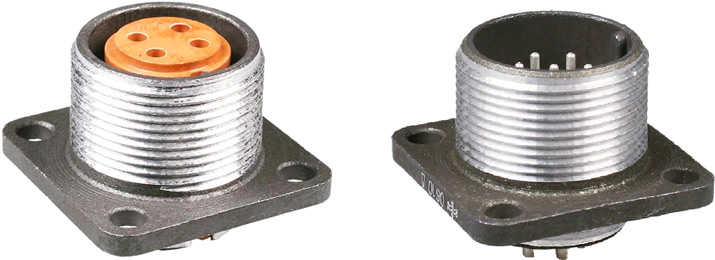
Основная сложность при подборе ответной части для отечественных разъемов состоит в том, что в России не «прижились» определения по типу сочленения. Обычно типы разъемов называют по типу контактов - розетка на блок, вилка на кабель. Поэтому основное внимание необходимо уделять именно на то, какая часть нам необходима - блочная, или кабельная.
Этой информации будет вполне достаточно, чтобы понять алгоритм действий при подборе ответной части к большинству силовых разъемов. Но нельзя обойти вниманием такие разъемы, как отечественные разъемы серии ШР, и разъемы TYCO (TE Connectivity).
Особенностью разъемов серии ШР является то, что по названию разъема очень часто нельзя определить к какой части относится конкретный разъем – к блочной, или кабельной. Так, например, разъем ШР16П2НГ5 может быть как блочной розеткой без патрубка, так и кабельной частью с прямым патрубком. Поэтому необходимо дополнительно указывать тип разъема - «вилка», или «розетка».
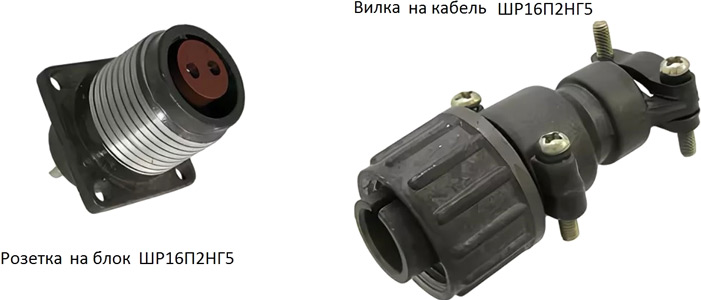
Сложностью при подборе ответной части, или аксессуаров, разъемов TYCO является система обозначений их продукции. По наименованию совершенно невозможно понять, к какой группе товаров, или к какой серии относится изделие. Но зато это и самый простой путь для подбора ответной части. Заходим на сайт TYCO, вводим в поисковой строке название изделия, и внизу страницы в разделе «Compatible Parts» выбираем нужную нам продукцию – ответная часть, контакты и другие аксессуары.
